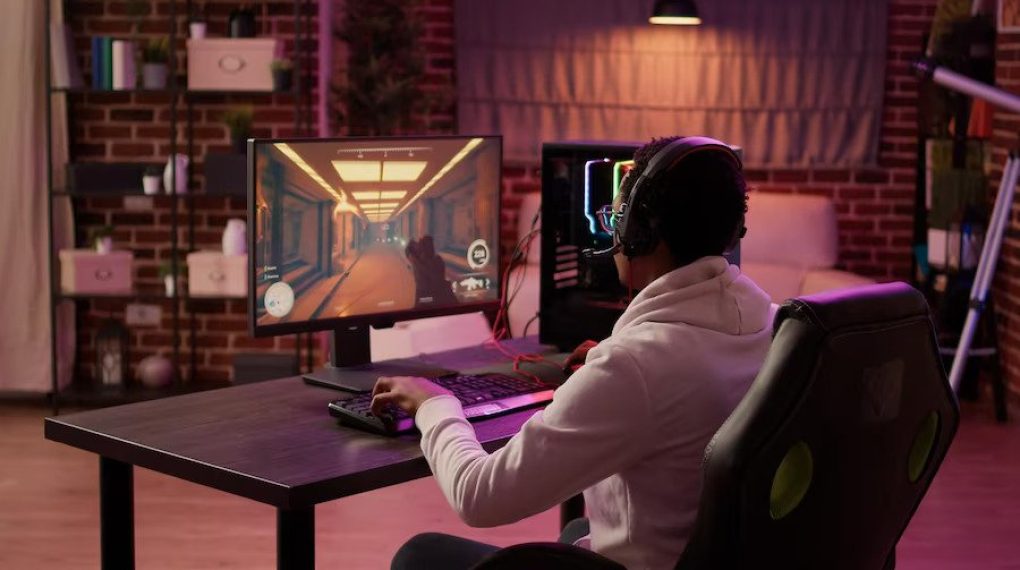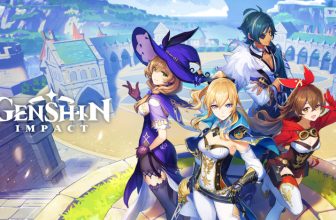
When it comes to designing a successful game, creating an engaging and intuitive user interface (UI) is crucial. The game user interface is the bridge between the player and the game world.
It is the window that lets the players interact with the game, navigate menus, and access game features. Without a well-designed UI, players can quickly become frustrated, which can result in poor reviews, low player engagement, and ultimately, a failed game. In this article, we will explore some game UI tips that demonstrate how to design an engaging and intuitive user interface for your game.
We will also provide some tips on how to create an effective interface and answer some frequently asked questions about game UI design.
The Importance of Game User Interface (UI) Design:
Game UI design is essential to the success of a game because it affects the player’s experience and engagement. A well-designed UI can make a game more immersive, intuitive, and easy to play, while a poorly designed one can make it frustrating and difficult to navigate.
A good UI should be visually appealing, easy to understand, and provide the player with all the necessary information they need to play the game effectively. It should also be intuitive, meaning that players should be able to figure out how to use it without needing extensive instructions or tutorials.
Game UI: Best Practices and Tips:
Here are some game UI examples that demonstrate best practices and tips for designing an effective and engaging user interface for your game.
Navigation Menus:

Navigation menus are one of the most crucial elements of a game UI. They allow players to access various game features such as settings, game modes, and options.
To make your navigation menus effective, follow these tips:
- Keep it simple and easy to navigate. Use clear and concise labels and avoid cluttering the screen with too many options.
- Use icons and symbols to make it visually appealing and easy to understand.
- Consider using animations and sound effects to make it more engaging.
Health and Stamina Bars:
Health and stamina bars are essential in many games, particularly in RPGs and action games. They allow players to track their character’s health and stamina levels.
Here are some tips for designing effective health and stamina bars:
- Use the bars easy to read and understand.
- Consider using visual indicators such as a heart icon for health and a lightning bolt for stamina to make it easier for players to identify.
- Use animations to show changes in health and stamina levels.
Inventory Systems:
Inventory systems are crucial in RPGs and other games that involve collecting items and equipment. A well-designed inventory system can make it easy for players to manage their inventory and access items quickly.
Here are some tips for designing an effective inventory system:
- Use clear and concise labels for items and equipment.
- Allow players to sort items by different categories such as type, rarity, or value.
- Consider using icons to represent different items and equipment to make it easier for players to identify.
Dialogue and Text Boxes:

Dialogue and text boxes are essential in story-driven games that involve conversations and decision-making.
To make your dialogue and text boxes effective, follow these tips:
- Use contrasting colors and clear fonts to make the text easy to read.
- Use animations and sound effects to make it more engaging.
- Consider using different fonts or colors for different characters to make it easier for players to identify who is speaking.
Maps and Mini-Maps:
Maps and mini-maps are common in many games, particularly in open-world and exploration games. They allow players to navigate the game world and find points of interest.
Here are some tips for designing effective maps and mini-maps:
- Use clear and easily recognizable symbols to represent points of interest.
- Provide zoom and panning options to allow players to explore the map in detail.
- Consider adding tooltips or additional information about each location on the map.
Frequently Asked Questions (FAQs) about Game UI Design:
What is the purpose of a game user interface (UI)?
The purpose of a game UI is to provide players with a way to interact with the game world, access game features, and receive information about their progress and status.
What are some common elements of a game UI?
Common elements of a game UI include navigation menus, health and stamina bars, inventory systems, dialogue and text boxes, maps and mini-maps, and various on-screen indicators such as quest objectives or character status.
How can I make my game UI more engaging and immersive?
To make your game UI more engaging and immersive, consider using animations, sound effects, and visual effects to enhance the player’s experience. Additionally, make sure the UI is visually appealing and easy to navigate.
Conclusion:
In conclusion, designing an effective game UI is crucial to the success of your game. By following best practices and tips, such as keeping it simple and easy to navigate, using contrasting colors and symbols, and adding animations and sound effects, you can create an engaging and immersive UI that will enhance the player’s experience and keep them coming back for more. Remember, the game UI is the bridge between the player and the game world, and a well-designed UI can make all the difference.
Read Also:






